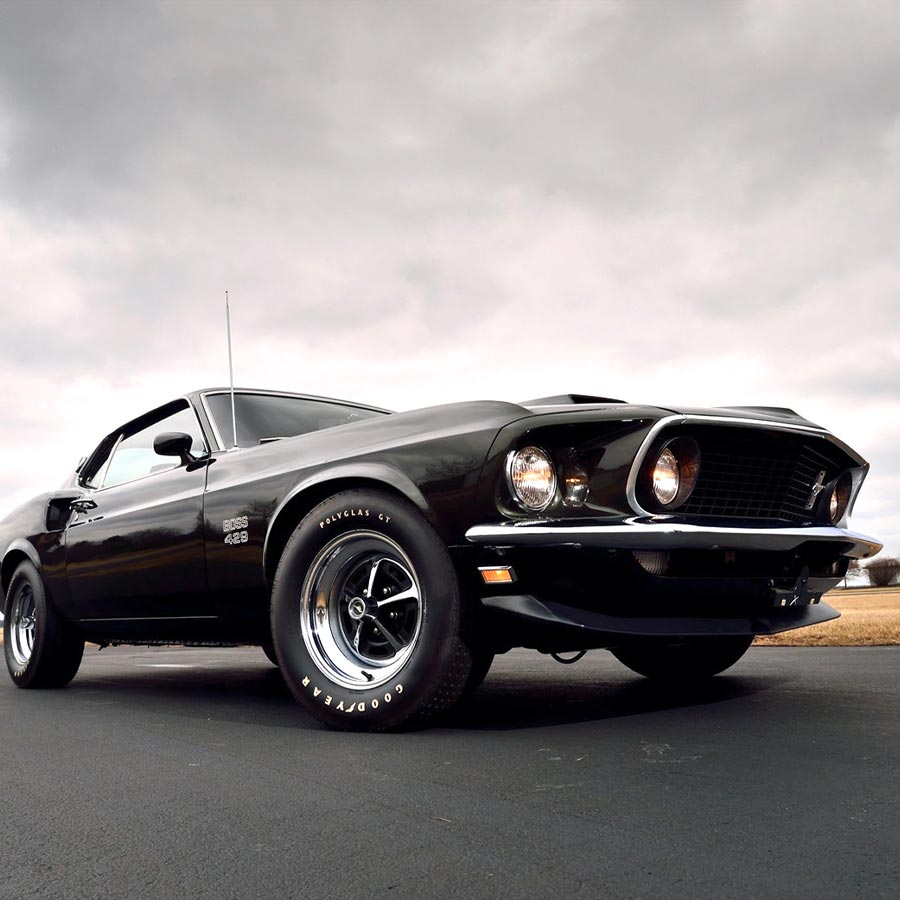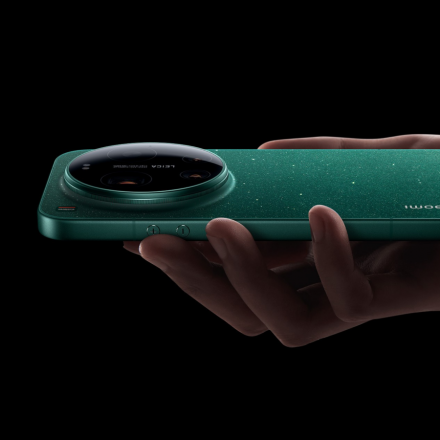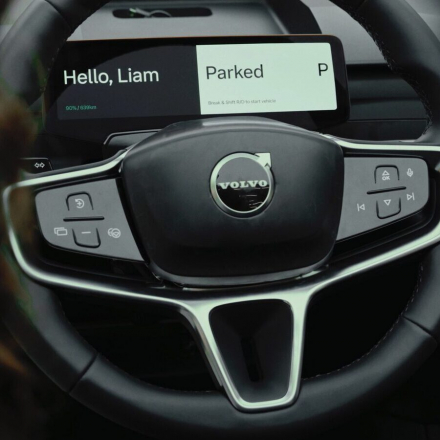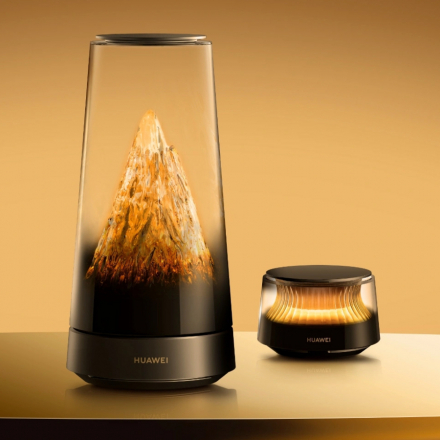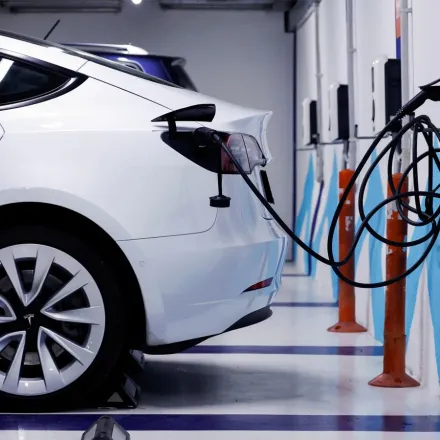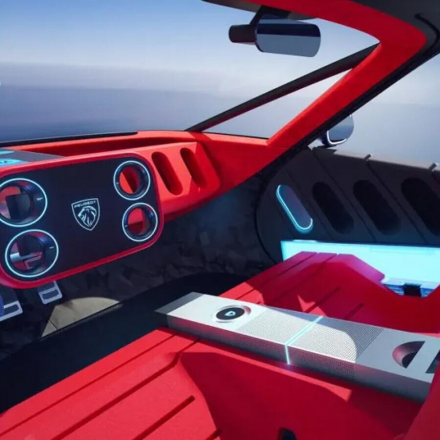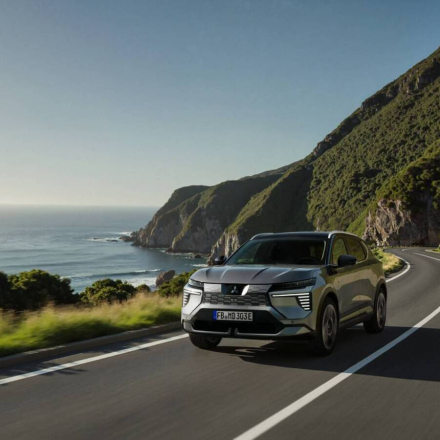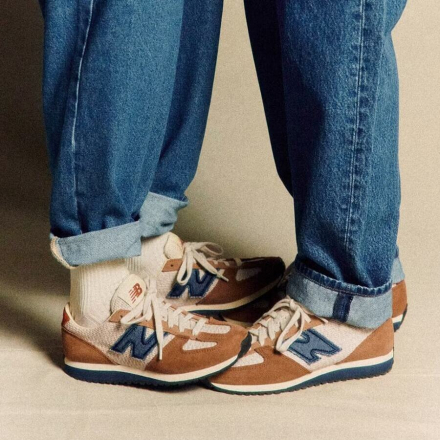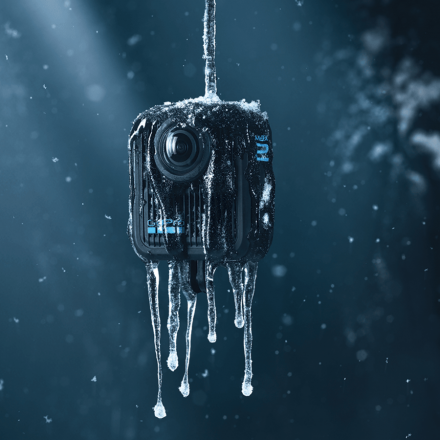Cars have evolved, just like everything else in our world. But sometimes this evolution brings not only new conveniences but also the loss of little things that were once a part of our driving experience. Here are 10 things we’ve lost, and why we feel nostalgic for them.
Traditional Automatic Gear Selector
The traditional gear lever with its distinctive "gate" was not only functional but had its own unique charm. Nowadays, classic gear levers have mostly disappeared, replaced by joysticks, knobs, and buttons. While these modern solutions save space and may seem innovative, many drivers miss the reliability and precision offered by the old-fashioned lever.
Full-Width Front Seat
In older American cars, the front seat was often a single, continuous bench, making it easy to fit an extra passenger or simply offering more space for long trips. Today, this has become rare. Most modern cars have split front seats, improving comfort and safety, but leaving behind the convenience of a single full-width seat.
Analog Buttons and Switches
Physical buttons and switches, which could be easily operated by feel, have been replaced by touch panels and screens. Now, performing a simple function requires multiple clicks and constant attention to the screen, making interaction with the car less intuitive. Previously, you could simply feel for the right button without taking your eyes off the road.
CD Player
Compact discs were the primary medium for music in cars before the advent of digital storage. Vehicles equipped with CD changers allowed you to keep a collection of albums at hand. Now, with streaming and digital formats taking over, CD players have become an anachronism, though they were an important part of the driving experience for many.
Analog Instrument Panel
Digital displays in modern cars offer a wide range of information and settings, but they are not always user-friendly. Interfaces can be complex and overwhelming, and screens can cause eye strain. Analog instruments had a simplicity and clarity that made it easy to get the information you needed quickly.
Parking Brake Lever
Electronic parking brakes have replaced mechanical levers, offering convenience and automatic control. However, a mechanical parking brake lever is still useful in various situations and provides a sense of control that electronic systems cannot always match. The traditional lever offered reassurance and reliability.
Hood Ornament
Decorative elements and emblems on the hood were part of automotive style and symbolized the prestige of the brand. Today, these features have largely disappeared due to safety and aerodynamic considerations. Some premium brands still maintain the tradition, but they have modernized mechanisms to minimize harm in an accident. These ornaments have become expensive and are treasured by classic car enthusiasts.
Metal Antenna
Metal antennas, once standard, had their own appeal. They not only served their purpose but could also be adorned with various accessories. Today, they have been replaced by plastic antennas and "sharks' fins," which, while more modern, lack the charm of their metal predecessors. Many car enthusiasts still miss the classic metal antennas.
Ashtray and Cigarette Lighter
Ashtrays, once a standard feature in every car, have mostly vanished. Smoking in cars has become rare, and ashtrays have been replaced by cup holders and wireless chargers. However, ashtrays were useful not only for smokers but also for small bits of trash. The cigarette lighter, though rarely used for its intended purpose, was a staple of automotive culture.
Spare Tire
Car manufacturers began eliminating spare tires, replacing them with tire repair kits or temporary spares. This change allowed for increased trunk space and reduced weight, but many drivers feel they’ve lost an important element of safety and convenience. The spare tire was a reassurance that you could continue your journey even if something went wrong.
Nostalgia for these aspects of automotive history isn’t just about reminiscing about the past. It’s also a reminder that each change in car design and technology comes with its own set of advantages and disadvantages. While some of these changes have made our cars more modern and convenient, they’ve also taken away part of the experience we loved.

